Wednesday, September 20, 2017
Cal was up early for the morning drive but Virginia Ann slept in a bit and watched the sun rise across the plains from our tent in Great Plains.
I had coffee at 8:00AM in the main tent then back to the gift shop for more shopping. This gift shop is where I got introduced to the Kenyan designer, Annabelle Thom. She designs jewelry, handbags, home accessories, hat, and clothing. She is based in Nairobi.
Cal was up early for the morning drive but Virginia Ann slept in a bit and watched the sun rise across the plains from our tent in Great Plains.
I had coffee at 8:00AM in the main tent then back to the gift shop for more shopping. This gift shop is where I got introduced to the Kenyan designer, Annabelle Thom. She designs jewelry, handbags, home accessories, hat, and clothing. She is based in Nairobi.

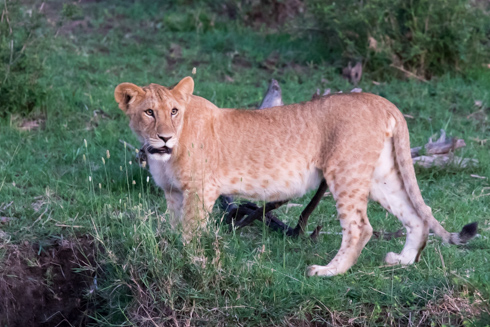
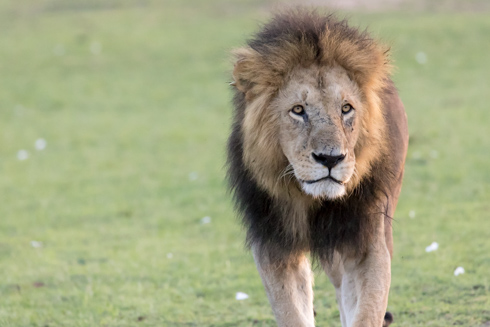
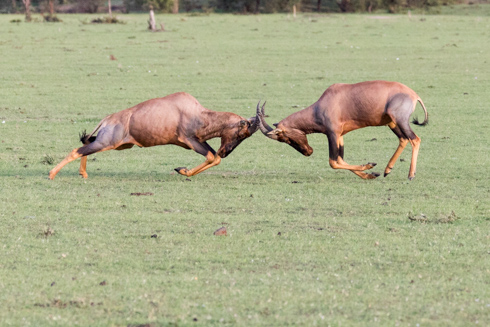
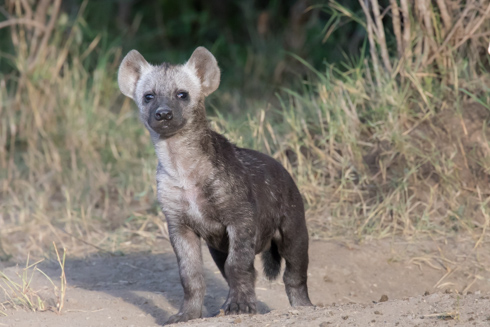



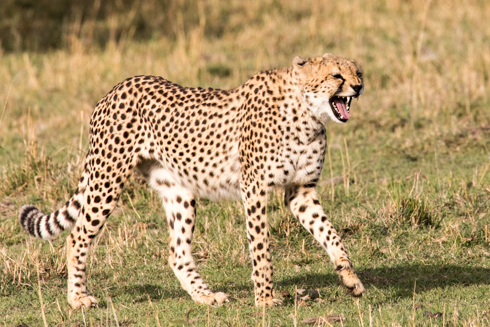
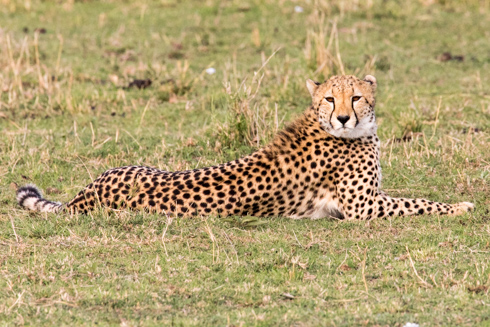
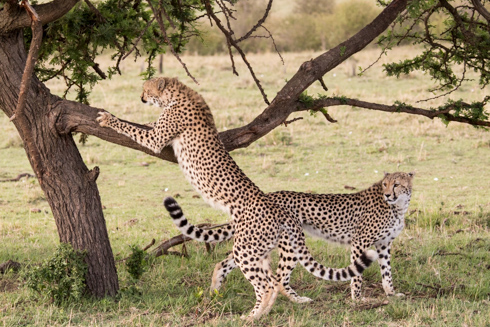
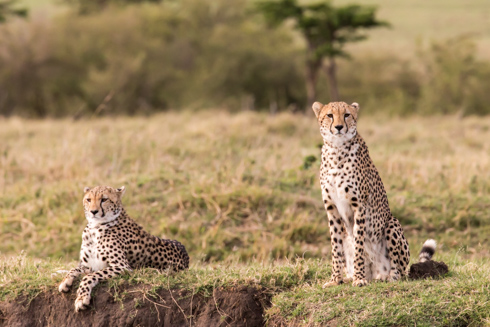
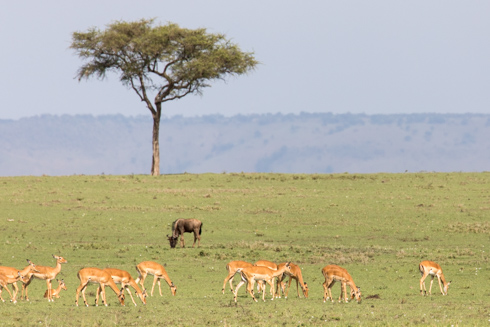
We then drove to the airstrip where our little plane was full and we were off to Nairobi. It was very
windy and the plane bounced a bit in the wind but we were all strapped in tightly.
The plane made a quick stop to drop a couple off and pick up another couple and a family with two girls. Then off to Nairobi.
By 12:20PM, we had landed at the KAA Gate in Nairobi with a nice waiting room for our flight to Lewa Downs. We had an hour plus layover.
Upon arrival at the airstrip near Lewa Downs, Carmuschi picked us up. He is an Akika Maasai living in Northern Kenya. The ride to Camp was very windy and cold. We arrived to a picturesque compound, Lewa Wilderness, with lush green grass and bougainvillea blooming. We had a late lunch and settled into our spacious cottage with a living and dining area shared with two bedrooms - one with twin beds/bath and ours with a king bed and large bath with walk-in shower.
The camp pays $105 per night per guest to the Conservancy.
The plane made a quick stop to drop a couple off and pick up another couple and a family with two girls. Then off to Nairobi.
By 12:20PM, we had landed at the KAA Gate in Nairobi with a nice waiting room for our flight to Lewa Downs. We had an hour plus layover.
Upon arrival at the airstrip near Lewa Downs, Carmuschi picked us up. He is an Akika Maasai living in Northern Kenya. The ride to Camp was very windy and cold. We arrived to a picturesque compound, Lewa Wilderness, with lush green grass and bougainvillea blooming. We had a late lunch and settled into our spacious cottage with a living and dining area shared with two bedrooms - one with twin beds/bath and ours with a king bed and large bath with walk-in shower.
The camp pays $105 per night per guest to the Conservancy.
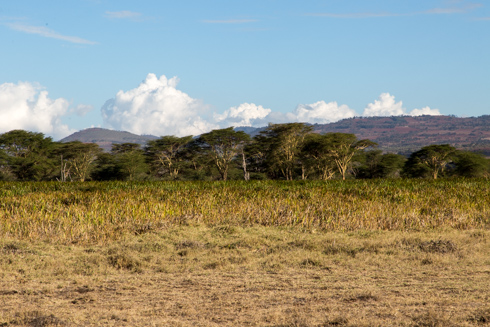
We stayed at Lewa Wilderness which is the David family home.
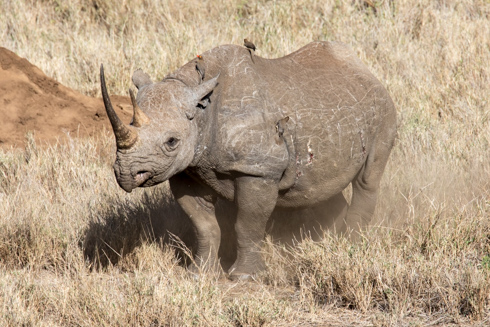
Oxpeckers were on the Rhinos back picking ticks off. Mawingo (Clouds in Swahili) is the Rhino's name and it looked like she was grazing but really she's eating the shoots from the ground as she is almost blind.
The Lewa Wildlife Conservancy has Black and White Rhinos. This is a White Rhino. There was a mistake
The white rhino's name is said to be a mistranslation between the Dutch and Afrikaans words meaning
wide. As opposed to the hooked lip of the black rhino (used to pluck leaves and fruit from trees),
the white rhino has a wide, squared-off lip for grazing along the ground like a lawnmower.
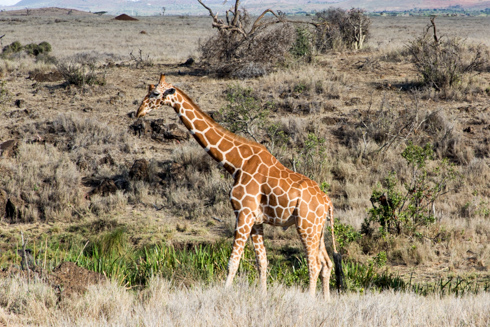
Acacia Siles trees have a red tree bark. We saw a Reticulated Giraffe whose spots have a net-like pattern. Cal has a great picture of two Giraffes standing together where you can easily see the difference between the species.
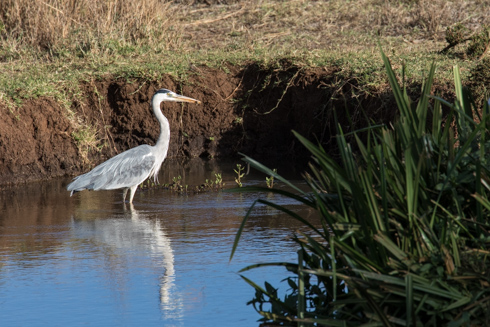
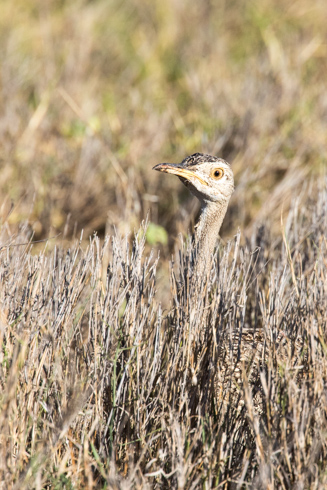
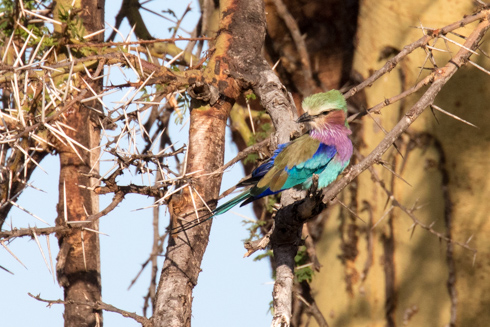
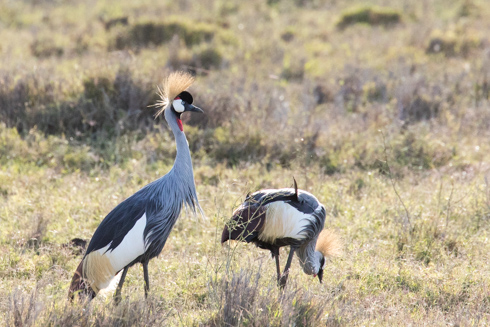
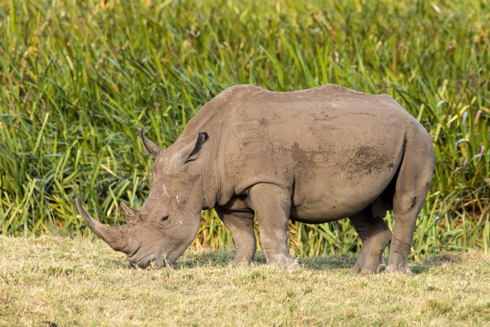
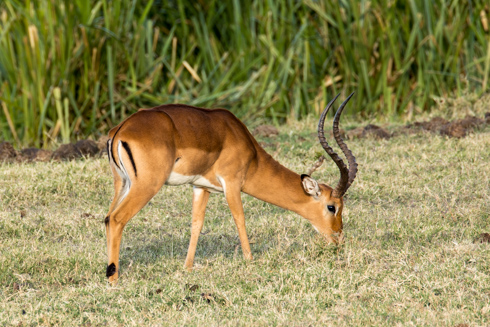
Grand Gazelles are bigger than the Thompson Gazelles we had seen in other areas of Eastern Africa.
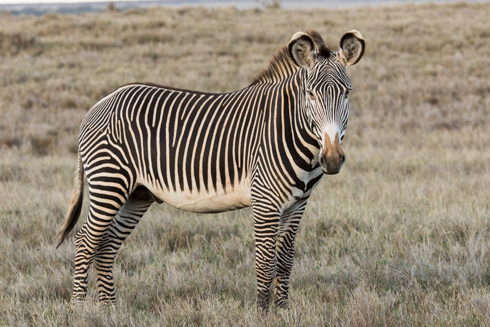
Cal saw something that looked like an animal but it was an ALT, animal looking thing.
There are five animals here you do not find on the Mara Plains. They are: Grevy's Zebras, Reticulated Giraffes Gerenuk, Black rhino, and White Rhino
Lewa currently hosts 11 percent of the global wild population of Grevy's Zebras remaining in East Africa
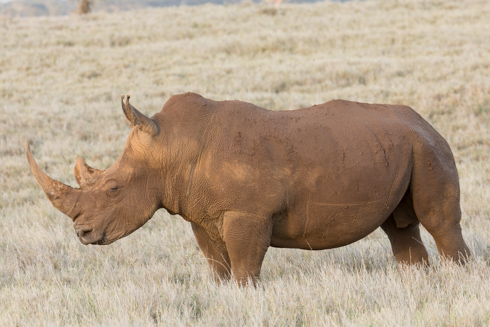
We were able to get close to four White Rhinos. Black Rhinos will charge you or run away. There was a baby Rhino that was just 2-3 years old.
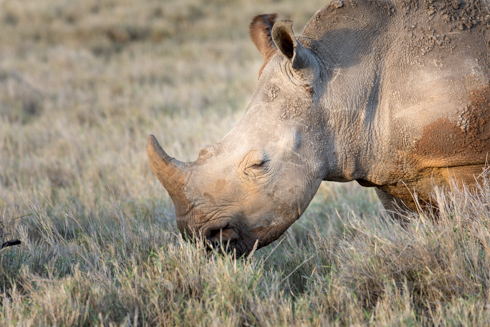
Rhinos are particularly prone to insect bites and sunburns, so they make a habit of wallowing in the mud. Coating themselves in mud protects their skin from the harsh rays of the sun and the persistent, irritating bites of local insects.
On drive back to Camp, we saw three Dik Diks - a little family.
Everyone in camp met for drinks at 7 in the den which had a patio overlooking the river bed. You could see the Milky Way in the sky from the patio.
Dinner was at 8:00PM and we m et Andrea and Dan, a young couple from La Jolla, CA who are engaged to be married. They are traveling Africa for six weeks with Dan's parents, Pat and Daniel. Pat and Daniel are retired and travel extensively. Andrea is originally from Wisconsin but has lived in CA for 12 years and they are to be married in April. The couple do internet marketing and are in business together.
We also met Diane and her husband from Kent England. He is semi-retired executive with AIG Insurance.
Cal and my alter-egos became Errol Flynn and Katharine Hepburn as the guests thought that they were who we looked like.
Everyone in camp met for drinks at 7 in the den which had a patio overlooking the river bed. You could see the Milky Way in the sky from the patio.
Dinner was at 8:00PM and we m et Andrea and Dan, a young couple from La Jolla, CA who are engaged to be married. They are traveling Africa for six weeks with Dan's parents, Pat and Daniel. Pat and Daniel are retired and travel extensively. Andrea is originally from Wisconsin but has lived in CA for 12 years and they are to be married in April. The couple do internet marketing and are in business together.
We also met Diane and her husband from Kent England. He is semi-retired executive with AIG Insurance.
Cal and my alter-egos became Errol Flynn and Katharine Hepburn as the guests thought that they were who we looked like.